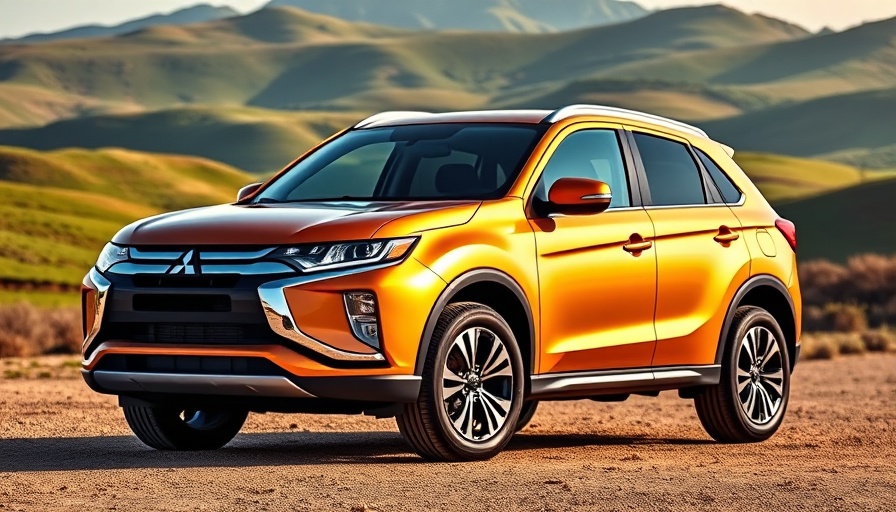
Is Mitsubishi Leaving the U.S. Market Behind?
As Mitsubishi unveils a fresh iteration of the Outlander Sport tailored for markets like South Africa, one question looms large for American consumers: What about us? The current model, which has been on the U.S. market for 15 years, is in dire need of an upgrade, yet Mitsubishi hasn’t confirmed any plans to introduce this revamped vehicle stateside.
The Outlander Sport's Global Journey
The new Outlander Sport—known as the XForce in other regions—boasts contemporary styling with T-shaped headlights and a striking silhouette that contrasts starkly with its U.S. predecessor's more rounded design. Despite this outward appeal, the model's underpinnings remain largely unchanged, featuring a modest 1.5-liter engine that produces just 103 horsepower, paired with a continuously variable transmission (CVT). For those hoping for all-terrain capability, the vehicle offers nearly nine inches of ground clearance and various drive modes, including settings for wet, gravel, and mud settings. However, it lacks a four-wheel-drive system, limiting its off-road potential.
Interior Innovations and Features
Inside, Mitsubishi aims to impress with modern amenities, including a 12.3-inch touchscreen at the center and an 8.0-inch driver display. Key metrics like altitude and direction can be accessed through a user-friendly interface that harkens back to older models like the Mitsubishi Pajero. Although the interior seems well-appointed with soft-touch materials, the car’s safety technology remains basic, featuring only fundamental systems like blind-spot monitoring and rear cross-traffic alerts.
The Challenge of U.S. Market Expectations
This new vehicle could start at around $23,000, potentially appealing to a market hungry for affordable compact SUVs. However, a Mitsubishi spokesperson has confirmed that the XForce was never engineered for North America. This leaves American consumers pondering whether they will continue to drive an outdated model for years to come, while other regions benefit from the manufacturer’s latest innovations.
What This Means for Dealerships
For dealership principals and GMs, the lack of a fresh Outlander Sport could present challenges in remaining competitive in a rapidly changing landscape where consumer expectations are constantly evolving. Dealerships relying on Mitsubishi's offerings may need to educate their sales teams and prepare to discuss the merits of older models versus newer competitors in the compact SUV segment.
Looking Ahead: A Call for Adaptation
The delays in introducing a new Outlander Sport may spell an opportunity for dealerships to harness innovative sales strategies. They could leverage the longevity and reliability of the existing model while showcasing alternatives in their inventory that align more closely with shifting consumer preferences. As demand for compact SUVs remains strong, dealerships should be ready to adapt their approaches to focus on more competitive brands.
 Add Row
Add Row  Add
Add 




Write A Comment